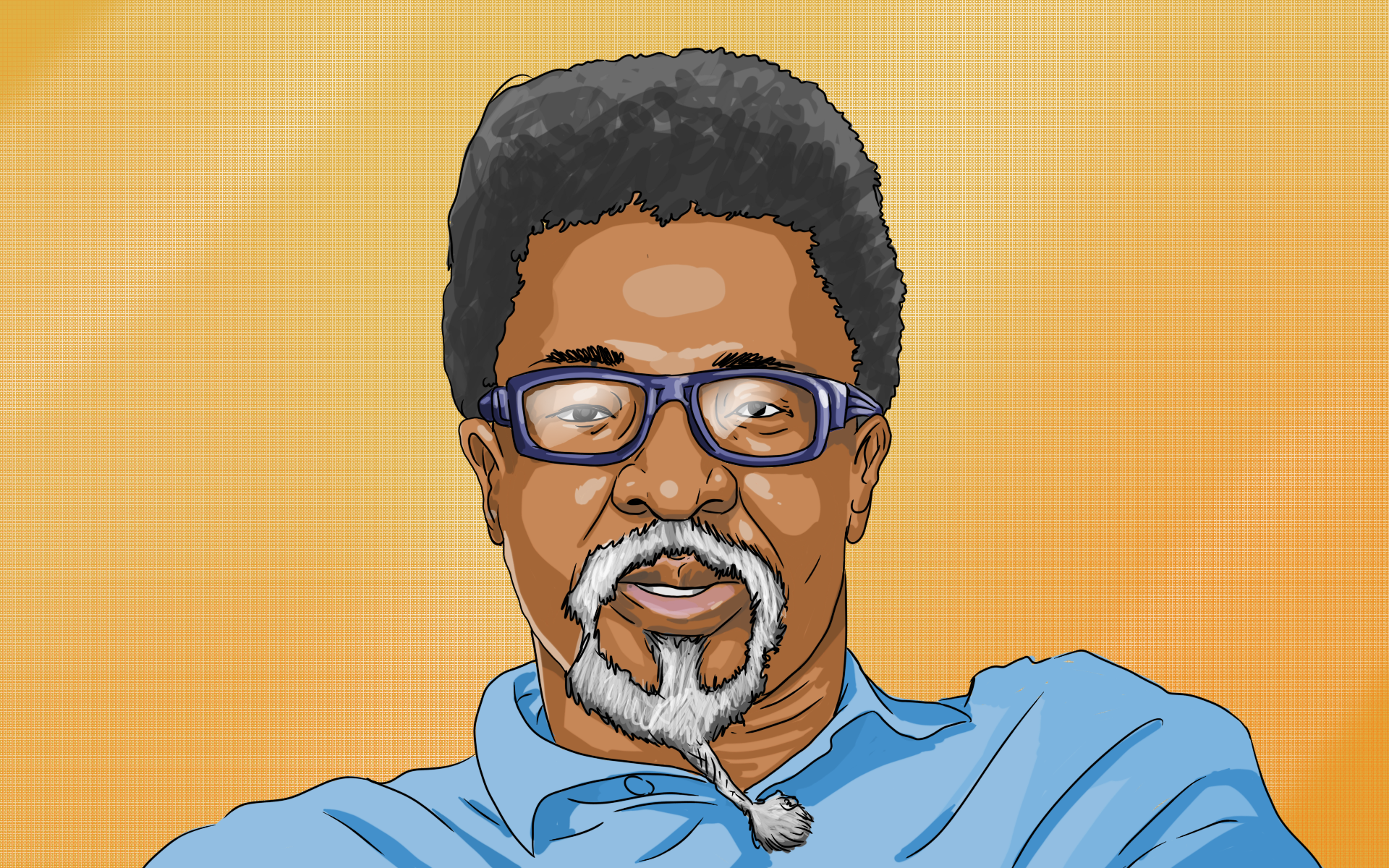With the Delta variant of covid-19 driving an increase in infection caseloads across major cities, and worries rising over the sustainability of current debt levels, the country was sorely in need of good news. And last week, the National Bureau of Statistics (NBS) provided some relief. Headline inflation is trending down. The data released last week showed that year on year, domestic prices rose at a slower rate for the fourth month in a row in July. Given how much of a tax inflation is on disposable incomes, especially for our growing legion of the poor, this is a welcome development.
From a seasonal high of 18.17 per cent in March, the headline inflation gauge dropped to 17.38 per cent in July ― according to the NBS, “This is 0.37 percent points lower than the rate recorded in June 2021 (17.75) percent”. How much of the deceleration in headline inflation was the result of prices having risen much higher in the same period last year? If the month on month inflation rate (up 0.93% last month), core gauge (up 13.72% year on year, and 1.31% month on month in July 2021) are any use, the answer to this question is “A lot”.
If the so-called “base effect” is the main explanation for the moderation in the rate of increase of domestic prices since April, might it be too early to roll out the cheerleaders ― what with the composite food index rising by 21.03 per cent last month? Most estimates of global food prices this year expect grains’ prices to remain high. The same combination of recovery in demand, as the worst of the COVID-19 pandemic is put behind us, and supply constraints ― aftereffects of efforts to contain the spread of the pandemic ― that has put pressure on the price of manufactured goods is expected to play out here at least until early next year.
Locally, despite the ginormous amounts of money that the federal government has thrown at the agriculture sector, crop production, livestock, forestry and fishing, traditionally constrained by low levels of productivity and underinvestment, now face the twin burdens of a less than salubrious security environment and pressure from a parched environment that is getting drier still. Nonetheless, two additional developments at the global level may still tip the scale in the wrong direction. First, most developed economies are at or near their pre-pandemic growth levels. Second, significant capacity remains trapped in contact-intensive sectors of these economies. The latter, at least, hold out the possibility that the boost to demand from the return of these sectors to normalcy would further drive prices up.
Also Read: Nigeria’s inflation problem and the ‘Gbatueyos’ at the CBN
Across the globe central banks in emerging economies are responding to the heightened possibility of a resurgence in inflation in the US, at least, by raising their benchmark rates. Depending on the size and structure of each economy there is a lag between movement in central banks’ anchor rates and the corresponding changes in market rates ― on average, this should take all of 18 months. How significant is it, then, that the US Federal Reserve has brought forward the date for reining in its bond-buying scheme? If the Fed also has to respond to price pressures by raising its benchmark rate, then economies like ours will bear a more severe burden in the near- to medium-term in addition to its current weaknesses (both structural and covid-induced) ― through a weakening currency, and higher borrowing and debt service costs.
Is there much that we can do to prepare against these possibilities? Higher prices, especially for commodities, have meant that our major foreign currency earner ― crude oil ― has seen prices rise all through this year. That should ordinarily give us a buffer in terms of higher gross external reserves. But these remain extraordinary times. For much of the past two years, the Organisation of the Petroleum Exporting Countries (OPEC) and a few non-member collaborators, notably Russia, have supported global oil prices by cutting back on production. These production cuts mean that we have not been able fully to take advantage of rising global prices for crude oil.
Still, there must be other reasons for the rather lethargic pace by which our external reserves have grown over the past two years. One explanation is that the central bank has had to supply more foreign exchange through the myriad windows through which it reaches the markets just to keep the naira in fine fettle. Alas, the naira is doing poorly. Do we need a policy pivot? Yes! If nothing else, we have pursued the same fiscal and monetary policies since 1960 with no discernible change to our economy’s fortunes.
Uddin Ifeanyi, journalist manqué and retired civil servant, can be reached @IfeanyiUddin.

